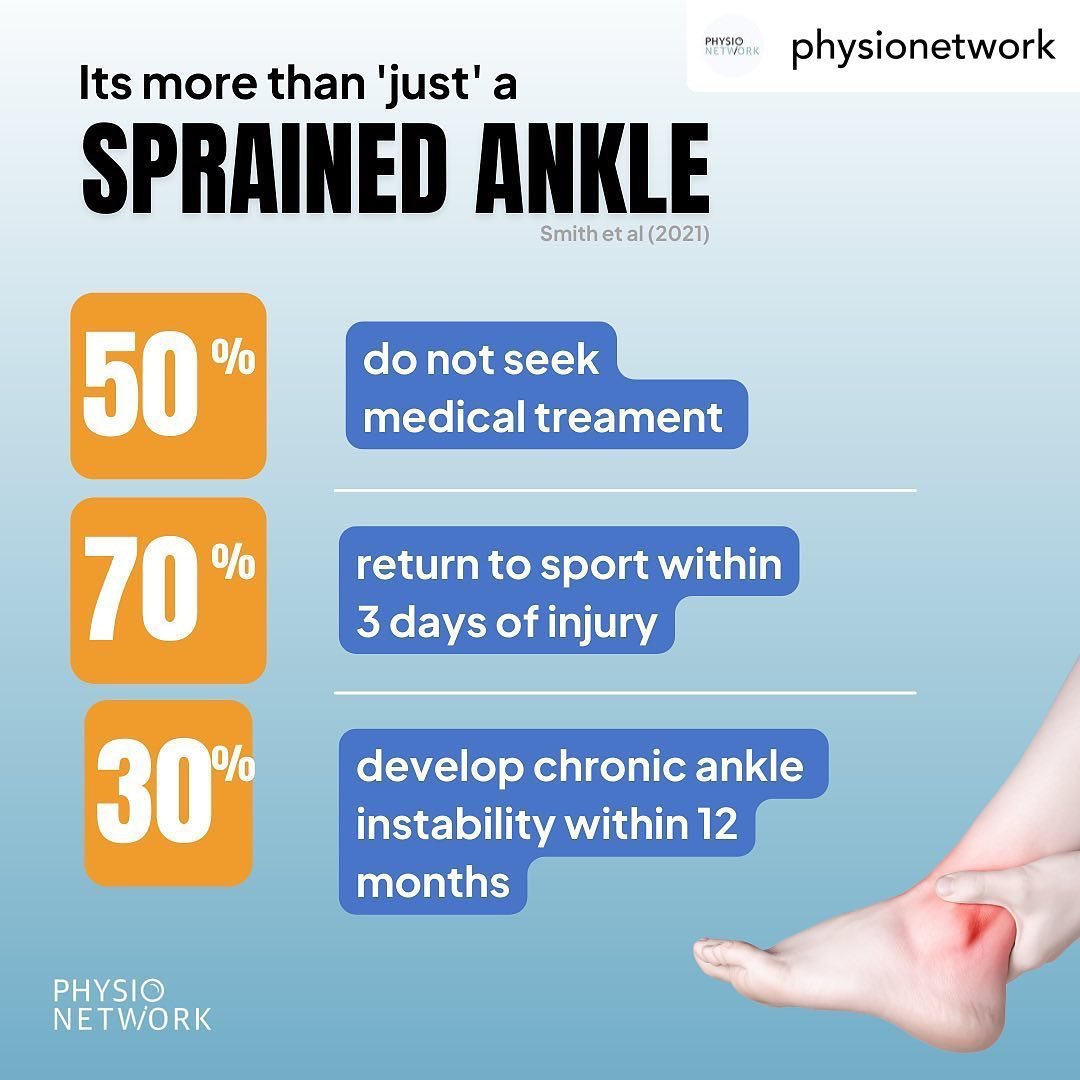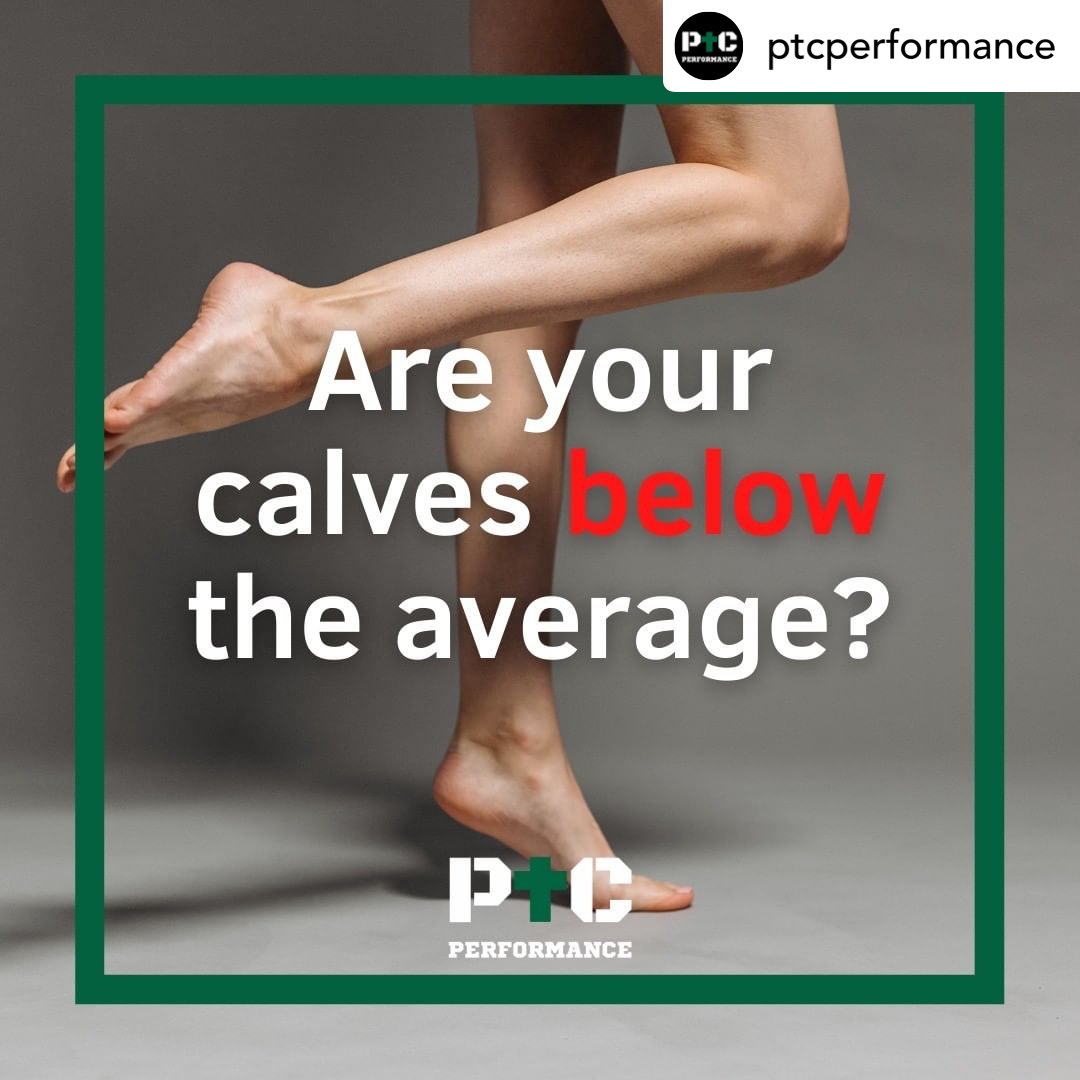It’s “JUST” an ankle sprain?
You come up for a layup but you can’t quite stick the landing because your opponent’s foot gets in the way and you feel a sharp stabbing pain as your own foot rolls awkwardly into a foreign position - you’ve got an ankle sprain!
Ankle sprains are common, so common that it is the leading injury in basketball (Cumps et al 2007). In soccer, of all injuries, 17 to 20% were ankle sprains and these incidents varied between 1.7 to 2.0 ankle injuries per 1,000 hours of exposure (J Ekstrand 1990). Even among the elite, ankle sprains affect approximately 26% of NBA players on average each season and account for a large number of missed NBA games in aggregate (Herzog et al 2019).
The biggest risk factor for an ankle sprain is the history of an ankle sprain (G D McKay et al 2001). Interestingly, 50% of people do not seek medical treatment and 70% return to sport within 3 days of injury (Smith et al 2021). The more ankle sprains you get, the greater risk of having another ankle sprain. Consequently this leads to a condition called chronic ankle instability (CAI) - we’ll talk more about CAI in another blog post.
The problem is clear - we experience an ankle sprain, take 1-3 days off as it’s JUST an ankle sprain and then return back to sport. It is only a matter of time before we get put into a position where we require more than our ankle capacity can handle and, lo and behold, we experience another ankle sprain. It’s a vicious cycle!
Pain is not a good predictor to return to sport! If you have an ankle sprain, either a grade 1 or a grade 3, pain will deceive you! Why?
Grade 1 ankle sprains hurt but typically tend to exponentially stop hurting after a few days although this doesn’t mean you have full function in the ankle. Grade 3 ankle sprains may not hurt but will feel unsteady and unstable.
Common tests you can do at home
I don’t know how many times I've heard someone say, “I can walk just fine now” and think they are ready to return to sport. Though one may be able to walk, it most certainly does not mean that they can run, jump, hop or balance as well. Therefore, try these tests out and measure it against the baseline:
Functional tests:
Single leg calf raise:
60bpm via metronome lifting heel as high as possible for as many times as possible (Add video demonstration)
Compare both sides - did you get the same amount?
Was there pain after a certain number of reps?
Could you lift 1 heel higher than the other?
If yes, then it’s time to put in the work to do your rehab correctly!
2. Side hop test:
2 lines 40cm apart
For 30 secs hop as many times over the line with hand behind back
One hop over is 1 rep, back is 2
Rest 2 mins and repeat on other side
Compare both sides - did you get the same amount?
Was there pain after a certain number of reps?
Did you find you hit the line more times with your affected ankle?
If yes, then it’s time to put in the work to do your rehab correctly!
BONUS: Normative value for men: 55 | for women 41
3. Single leg balance battery tests
Balance on 1 leg
Aim for 30 seconds
Balance on 1 leg on a folded mat
Aim for 30 seconds
Balance on 1 leg and alternate dumbbell in hand
Aim for 10 switches without losing balance
Compare both sides - did you get the same amount?
Was there pain after a certain number of reps?
Did you find you lost balance after any of these tests?
If yes, then it’s time to put in the work to do your rehab correctly!
⚠️CAUTION ⛔️: Please note that these are NOT the only tests you use. What is listed above can be used as tools to establish broad perspective of your true current capacity and NOT as a way to identify if you are fit to return to sport. Seek the opinion of your trusted physiotherapist.
Additionally, using protective equipment like an ankle brace OR strapping your ankle will reduce the chance of an ankle sprain by 62%! (Doherty et al 2017)
References:
McKay GD, Goldie PA, Payne WR, et alAnkle injuries in basketball: injury rate and risk factorsBritish Journal of Sports Medicine 2001;35:103-108.
Cumps, E., Verhagen, E., & Meeusen, R. (2007). Prospective epidemiological study of basketball injuries during one competitive season: ankle sprains and overuse knee injuries. Journal of sports science & medicine, 6(2), 204–211.
Ekstrand, J., & Tropp, H. (1990). The incidence of ankle sprains in soccer. Foot & ankle, 11(1), 41–44. https://doi.org/10.1177/107110079001100108
Herzog, M. M., Mack, C. D., Dreyer, N. A., Wikstrom, E. A., Padua, D. A., Kocher, M. S., DiFiori, J. P., & Marshall, S. W. (2019). Ankle Sprains in the National Basketball Association, 2013-2014 Through 2016-2017. The American journal of sports medicine, 47(11), 2651–2658. https://doi.org/10.1177/0363546519864678





